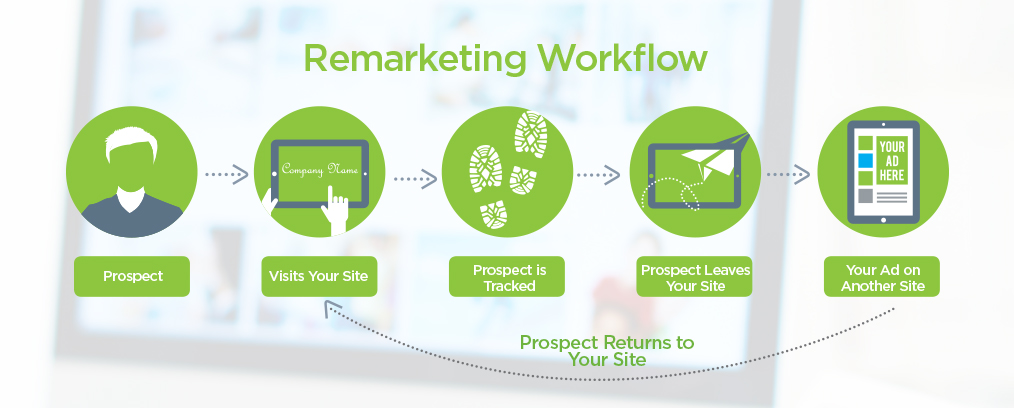Ask sales professionals, what do they regret the most? The answer more often than not that one gets is losing a potential customer from a stream of people who visit a store. Coming close to sale—that includes introducing to products and services, and winning the confidence of a visitor—and then losing for some obscure reason frustrates sales personnel the most. In the real world, there is no resource at sales personnel’s disposal to follow the customer, who was almost converted. The same was true for virtual world AKA e-commerce for a long time, and then the age of remarketing was ushered.
AdWords remarketing revolutionised the conventional tactics, offering online marketers and remarketing ads agency to follow bounced off visitors—the one who had abandoned shopping carts or had browsed specific category—across the Internet. The remarketing service offered by Internet giants, such as Google and Facebook, let internet marketers reach identified potential customers by utilising display network as well as search network.
How does it all work?
The remarketing relies on seeding the browser of a visitor with a cookie, also known as a pixel. In other words, reaching to bounced off customers involves dropping a piece of JavaScript code anonymously on the browser of the buyer—the codes remain invisible to the user—and with the help of the code, one can follow the potential buyers all across the web and remind them of the brand and products they browsed previously. To say it succinctly, marketers can use other’s site as a medium to plant Ads and draw the past visitors. With a right strategy to apply remarketing, one can expand the profits by folds for a client.
However, it is not always easy; some of the features of remarketing may overlap with standard per-per-click, but it is a different beast altogether, which needs programming knowledge, experience, time, and training to tame, that is why many prefer to outsource remarketing agency or bring a white label remarketing than do it on their own.

Two internet resources offer remarketing services, one obviously is Google, and another is Facebook
Employing Google Remarketing
The first step involves nestling the code or the cookie on the website, which helps to follow visitors. Adwords will create the code for you, all you need to is copy and paste it your website or app at the right place. Alternatively, if one already uses Google Analytics, a tool that is used for search engine optimisation, you can select the tracking code easily.
At first, as one does not have data of visitors to segment them into a list, Google tags all the visitors who access your website or app. One can choose either text ads, image ads, or both—even video ads— in different sizes to match technical specifications of different websites.
Once enough data is accumulated, one can start to optimise remarketing by segmenting different types of visitors based on the behaviour. It starts getting complicated at this stage, as one has to be careful to target the right audience and leave those who may not convert. Bringing a remarketing ads agency at this time is considered advantageous unless you trained remarketing professionals.
Utilising Facebook for Remarketing
Facebook’s remarketing AdWords service is called as Pixel. Unlike Google’s approach that involves a number of sites to leverage the browsing habits of a buyer, Facebook’s remarketing focuses entirely on Facebook Ads. The information accumulated by the dropping pixel on the browser one can measure and customise ads for audiences. The pixel lets you divide list based on a behavior of visitors, such as those who have visited a website, accessed pricing page, have gone through product video, read the blog, and much more.
Both of these resources have shown positive results for many e-commerce sites, however, judging what will work the best your requirements needs a consultation with an expert, or white label AdWords agency.

